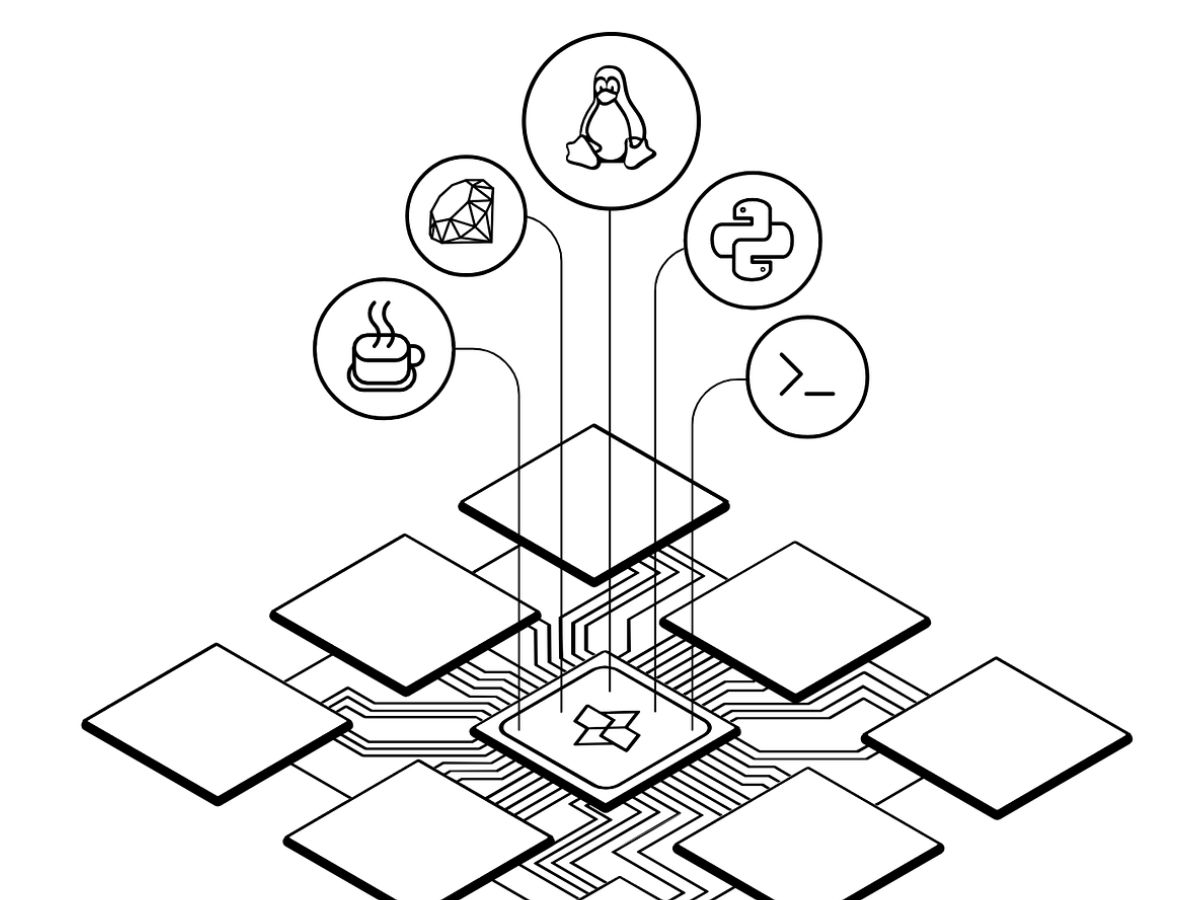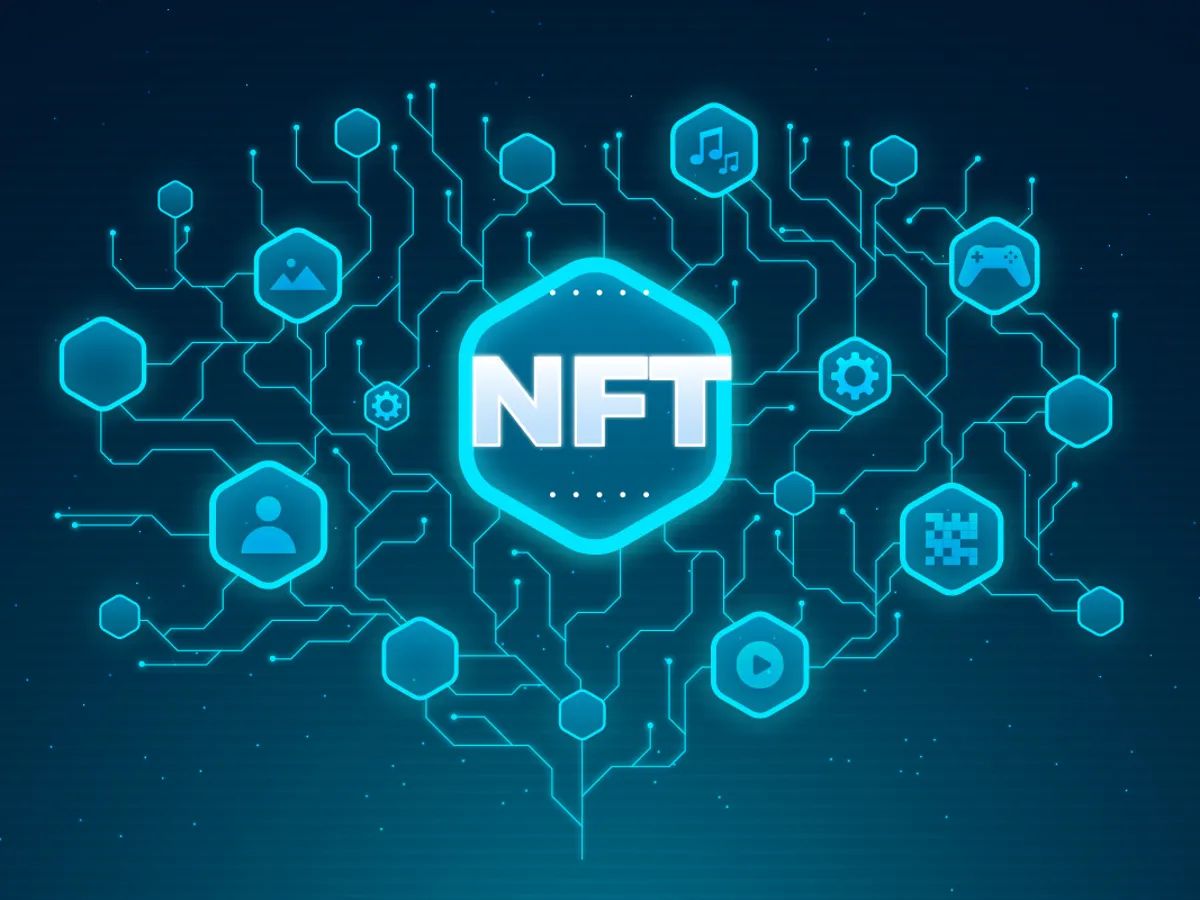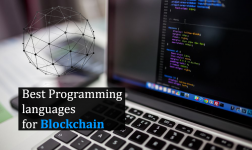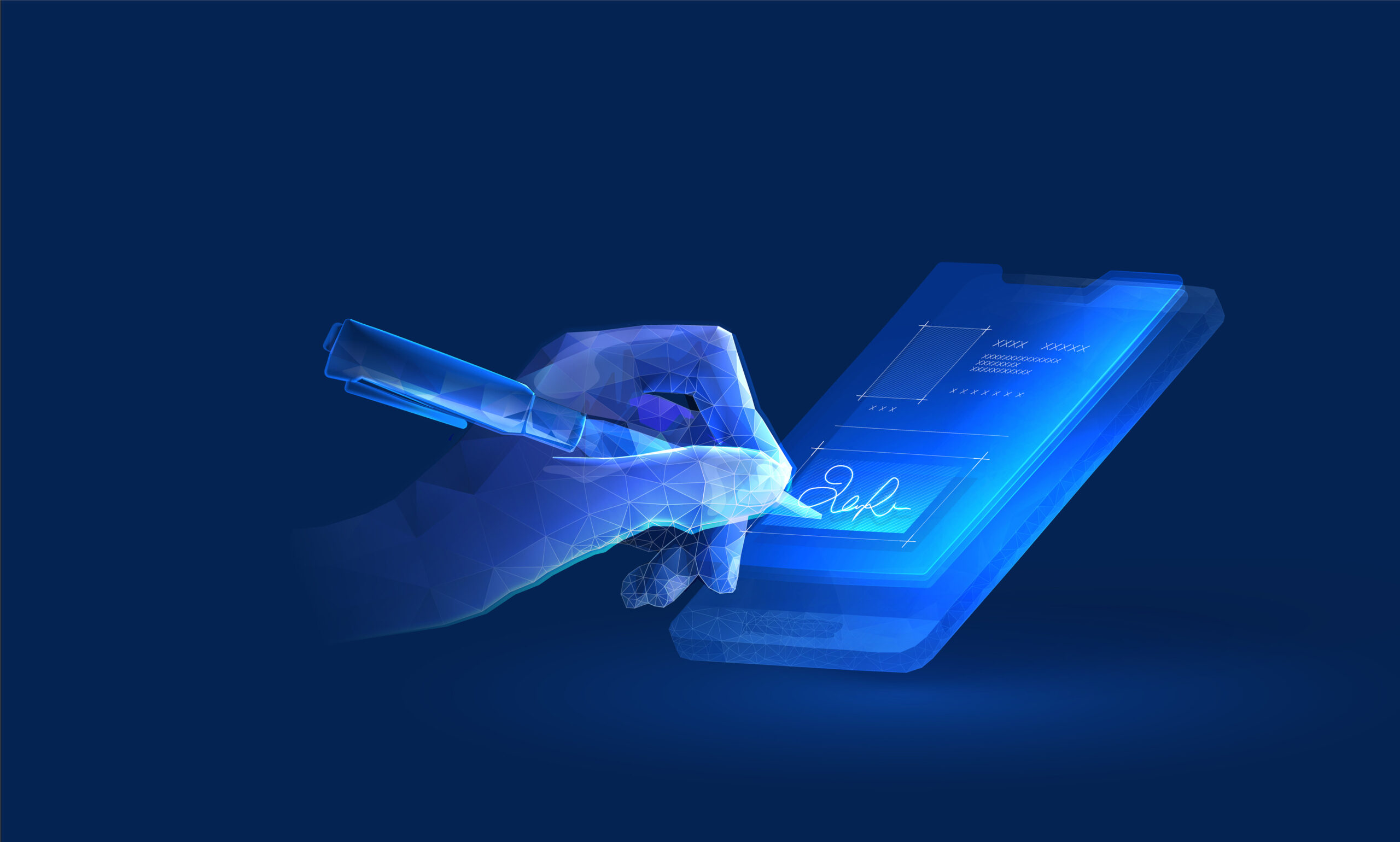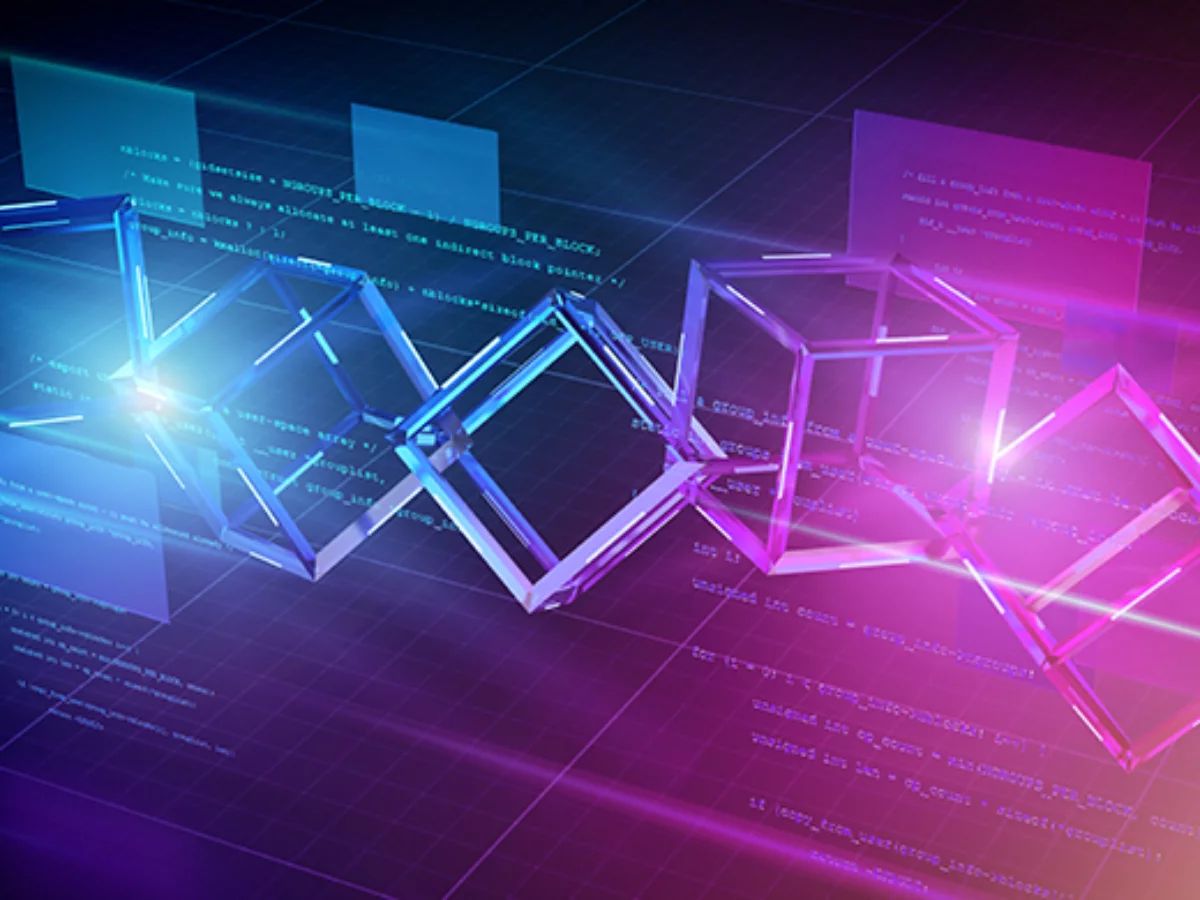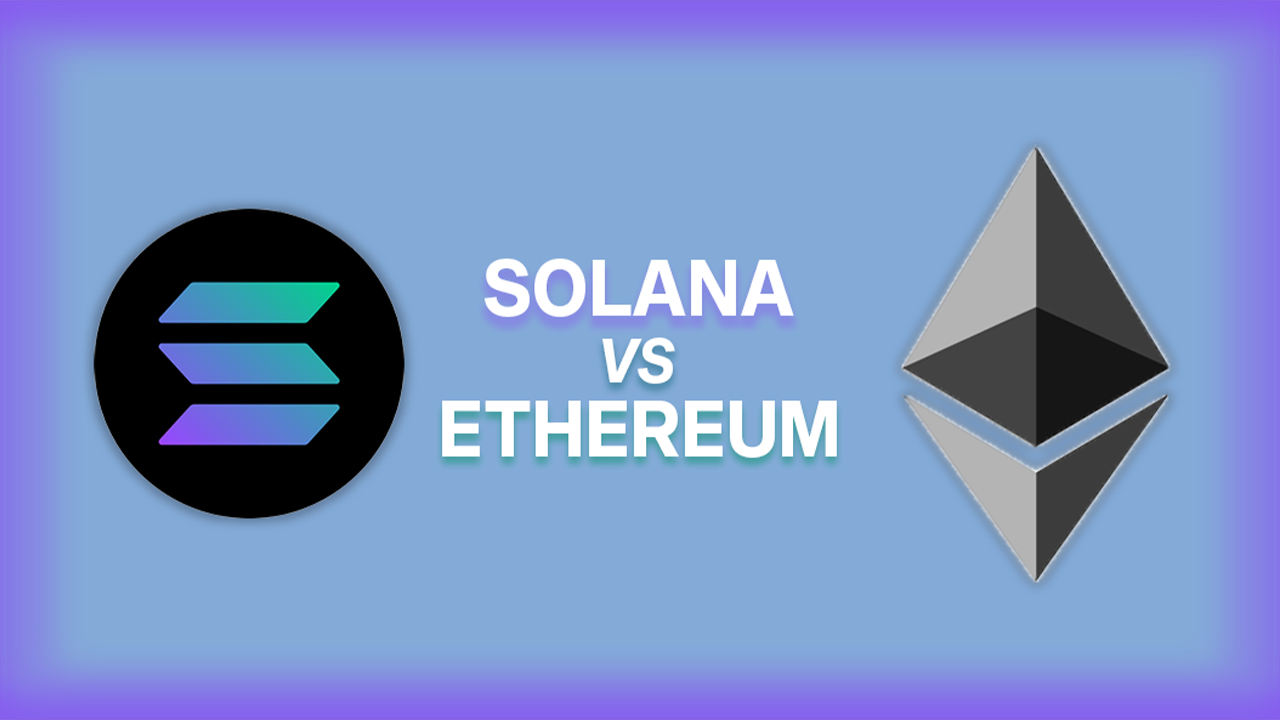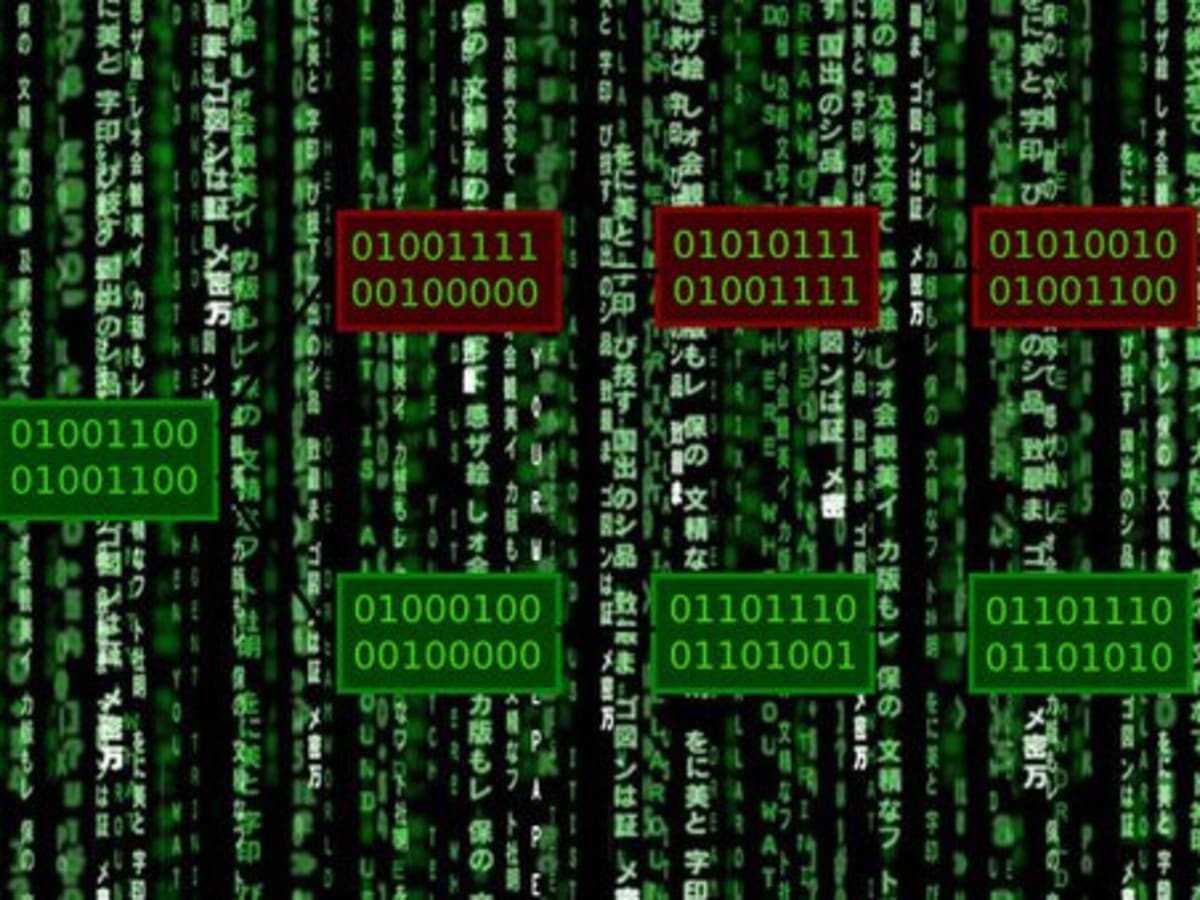Introduction
Blockchain technology is revolutionizing various industries by providing a secure and decentralized way of conducting transactions. It relies on a network of computers to validate and record these transactions, creating an immutable ledger that is resistant to tampering and fraud. However, for this innovative technology to function effectively, it requires the use of programming languages.
Programming languages serve as the backbone of blockchain development, enabling developers to write smart contracts, create decentralized applications (dApps), and build the infrastructure necessary to support blockchain networks. These languages allow for the execution of complex operations, such as data validation, decentralized consensus, and cryptographic algorithms.
Choosing the right programming language is crucial in blockchain development, as it directly impacts the efficiency, security, and scalability of the blockchain network. Developers need to consider factors such as the language’s features, ecosystem support, community involvement, and ease of integration with existing systems.
In this article, we will explore some popular programming languages used in blockchain development and discuss their strengths and use cases. Understanding the different languages available will empower developers to make informed decisions when embarking on blockchain projects.
The Need for Programming Languages in Blockchain
Blockchain technology operates on a distributed network, where multiple nodes collaborate to validate and record transactions. To ensure secure and reliable operations, blockchain requires specific programming languages that facilitate the creation of smart contracts and decentralized applications.
One of the key needs for programming languages in blockchain development is the ability to write smart contracts. Smart contracts are self-executing agreements coded directly into the blockchain. They automatically execute predefined actions once certain conditions are met. Programming languages enable developers to write these contracts, defining the terms and conditions of the agreement, as well as the corresponding actions to be taken.
Another important function of programming languages in blockchain is ensuring the security of the network. As blockchain systems handle sensitive and valuable data, having robust security measures is crucial. Programming languages allow developers to implement encryption, digital signatures, and other security protocols to protect the integrity and confidentiality of the transactions.
Scalability is another critical aspect where programming languages play a vital role in blockchain development. As more users join the blockchain network, the system needs to handle increasing transaction volumes efficiently. By using the right programming language, developers can optimize the code and implement techniques like sharding and sidechains to improve scalability.
The interoperability of blockchain with existing systems is another significant need addressed by programming languages. Enterprises often want to integrate blockchain technology with their existing infrastructure. Programming languages help in developing interfaces and APIs that allow seamless communication between the blockchain network and other systems, enabling data exchange and interoperability.
Furthermore, programming languages assist in the creation of decentralized applications (dApps) on the blockchain. dApps leverage smart contracts to enable peer-to-peer interactions, without the need for intermediaries. These applications require programming languages that provide the necessary tools and frameworks to develop user-friendly interfaces and robust functionalities.
Overall, programming languages are an essential component of blockchain development, addressing the needs for writing smart contracts, ensuring security, scalability, interoperability, and creating decentralized applications. Selecting the appropriate programming language is crucial for developers to build efficient and secure blockchain systems that meet the requirements of specific use cases.
Popular Programming Languages for Blockchain Development
When it comes to blockchain development, several programming languages have gained popularity for their capabilities and widespread adoption. Let’s explore some of the most popular programming languages used in blockchain development:
- Solidity: Solidity is the most widely used programming language for developing smart contracts on the Ethereum blockchain. It is a statically typed language with features like inheritance, libraries, and complex user-defined types. Solidity simplifies the development of decentralized applications and enables developers to write secure and auditable smart contracts.
- Go: Go is a programming language developed by Google that is gaining traction in the blockchain community. Its simplicity and efficiency make it an ideal choice for building scalable blockchain applications. Go’s concurrent programming features and clean syntax make it easy to develop high-performance blockchain networks.
- JavaScript: JavaScript is a versatile programming language used extensively in web development. With the rise of blockchain platforms like Ethereum, JavaScript has emerged as a popular choice for building decentralized applications. JavaScript frameworks like web3.js facilitate seamless interaction with blockchain networks, making it easier for developers to create and deploy dApps.
- Python: Python is a powerful and easy-to-learn language that has gained popularity in various domains, including blockchain development. It offers a rich ecosystem with libraries like web3.py, enabling developers to interact with blockchain networks. Python’s simplicity and readability make it an excellent choice for rapid prototyping and building blockchain applications.
- Rust: Rust is a systems-level programming language known for its robustness, memory safety, and concurrency. With its focus on performance and security, Rust has gained attention in the blockchain community. Rust’s expressive syntax and memory management features make it suitable for developing critical components of blockchain networks, such as consensus algorithms or cryptographic libraries.
These programming languages have proven their worth in blockchain development, offering distinct advantages in terms of functionality, security, and scalability. However, it’s worth noting that these languages are not the only options for blockchain development.
Other programming languages, such as C++, Java, and PHP, are also utilized in the blockchain space. The choice of programming language depends on factors like the blockchain network being used, the specific use case, the development team’s expertise, and the project’s requirements.
Ultimately, selecting the right programming language is crucial for efficient and successful blockchain development. It impacts the speed of development, the security of the network, and the capabilities of the resulting blockchain applications. Developers should carefully consider the strengths and weaknesses of different languages to make an informed decision and leverage their chosen language to build innovative blockchain solutions.
Solidity
Solidity is the most widely used programming language for developing smart contracts on the Ethereum blockchain. It is specifically designed for writing smart contracts that run on the Ethereum Virtual Machine (EVM). Solidity is influenced by JavaScript, C++, and Python, making it easier for developers familiar with these languages to transition into blockchain development.
One of the key strengths of Solidity is its ability to define and execute complex business logic within smart contracts. It supports features like inheritance, libraries, and user-defined types, allowing developers to create reusable code and modularize their smart contracts. Solidity also includes built-in security mechanisms to prevent potential vulnerabilities, such as the prevention of reentrancy attacks and contract inheritance issues.
Another advantage of Solidity is its integration with the Ethereum ecosystem. It is well-supported by development tools, frameworks, and documentation, making it easier for developers to build decentralized applications (dApps) on the Ethereum blockchain. Solidity supports the deployment of smart contracts on both public and private Ethereum networks, providing developers with flexibility in choosing the deployment environment.
Additionally, Solidity benefits from a large and active community of developers. This active community offers support, resources, and libraries that can accelerate the development process and address potential challenges. Developers can access forums, online communities, and developer meetups to seek assistance, collaborate on projects, and stay updated on the latest trends in Solidity and Ethereum development.
However, Solidity does come with its own set of challenges. As a statically typed language, it requires developers to define the data types of variables explicitly. This can lead to more code verbosity and potential errors if not handled properly. Solidity’s learning curve can be steep for developers primarily experienced in other languages, requiring time and effort to master its unique features and syntax.
Despite its challenges, Solidity remains the go-to language for Ethereum smart contract development. It empowers developers to create secure and auditable smart contracts that execute predetermined actions on the Ethereum network. With the extending capabilities of Ethereum 2.0, Solidity is poised to play an even more significant role in the decentralized finance (DeFi) ecosystem and other blockchain applications.
Go
Go, also known as Golang, has gained significant popularity in the blockchain community for its simplicity, efficiency, and scalability. Developed by Google, Go was designed to address the challenges of modern software development, making it an excellent choice for blockchain development.
One of the key advantages of Go is its concurrent programming capabilities. Go incorporates built-in support for concurrency, allowing developers to efficiently handle multiple tasks simultaneously. This feature is particularly beneficial in blockchain development, where numerous nodes need to communicate, validate transactions, and reach consensus in a distributed network.
Go’s clean and minimalist syntax makes it easy to understand and write code. Its simplicity enables developers to focus on the logic and functionality of their blockchain applications rather than getting caught up in complex language intricacies. The straightforward nature of Go also facilitates code readability and maintainability, making it an ideal choice for collaborative blockchain projects.
In addition, Go’s strong performance and low resource requirements make it an excellent fit for building scalable and efficient blockchain networks. Its small memory footprint and efficient garbage collection mechanism contribute to the optimal utilization of system resources. This makes Go well-suited for handling high transaction volumes and processing large amounts of data in blockchain applications.
Go also benefits from a strong community support. The vibrant community actively contributes to the development of libraries, frameworks, and tools that further enhance the Go ecosystem. The community’s involvement ensures continuous improvements, bug fixes, and promotes knowledge sharing among developers.
However, Go does have some limitations when it comes to blockchain development. It is still a relatively young language compared to more established ones like JavaScript or Python, which means that the number of blockchain-specific libraries and resources may be more limited. Additionally, the learning curve for Go, especially for developers new to the language, may require initial investment in terms of time and effort.
Despite these challenges, Go’s simplicity, concurrency support, and performance characteristics make it a compelling choice for blockchain development. It allows developers to build scalable and efficient blockchain networks, making it an attractive option for projects that require high transaction throughput and concurrent operations.
As the blockchain ecosystem continues to evolve, Go is expected to play an increasingly important role in powering the next generation of decentralized applications and infrastructure.
JavaScript
JavaScript, the ubiquitous language for web development, has found its way into the blockchain world, primarily due to platforms like Ethereum. JavaScript’s versatility and wide adoption have made it a popular choice for developing decentralized applications (dApps) and interacting with blockchain networks.
One of the key advantages of JavaScript in blockchain development is its familiarity and ease of use. With JavaScript being the standard scripting language for web development, many developers are already familiar with its syntax and concepts. This familiarity allows developers to easily transition into blockchain development and leverage their existing JavaScript skills.
JavaScript’s ecosystem offers a broad range of frameworks and libraries that facilitate blockchain development. frameworks like web3.js and ethers.js act as bridges between JavaScript and blockchain networks, allowing developers to interact with smart contracts, send transactions, and access blockchain data easily. These frameworks provide a high-level abstraction, simplifying the complexity of blockchain operations.
Moreover, JavaScript’s asynchronous nature makes it suitable for handling the decentralized and distributed nature of blockchain networks. JavaScript’s event-driven architecture and non-blocking I/O model enable developers to build scalable blockchain applications that can handle multiple concurrent transactions and events effectively.
JavaScript’s popularity also means that there is extensive community support available to blockchain developers. Online forums, developer communities, and open-source contributions provide a wealth of resources, documentation, and knowledge-sharing opportunities. The vast community ensures the continuous growth and improvement of JavaScript-based blockchain development tools and frameworks.
However, JavaScript does have some limitations in the context of blockchain development. As an interpreted language, JavaScript may not offer the same performance as languages like Go or Rust. While JavaScript’s performance has significantly improved over the years, it may still struggle to handle extremely high transaction volumes or complex computations in some cases.
Furthermore, JavaScript’s reliance on external dependencies and its dynamic nature can introduce potential risks and vulnerabilities in blockchain applications. Careful consideration and thorough testing are essential to ensure the security of JavaScript-based blockchain projects.
Despite these limitations, JavaScript remains a powerful and popular choice for building blockchain applications. Its familiarity, extensive ecosystem, and strong community support make it an accessible language for developers looking to enter the world of blockchain and create decentralized applications that interact seamlessly with existing web infrastructure.
Python
Python, known for its simplicity and readability, has gained significant traction in blockchain development. With its extensive libraries, ecosystem, and straightforward syntax, Python is a popular choice for developing blockchain applications and smart contracts.
One of the key strengths of Python in blockchain development is its ease of use. Python’s clean and readable syntax allows developers to write code that is easy to understand and maintain. This simplicity facilitates rapid development and encourages collaboration among teams working on blockchain projects.
Python’s extensive library ecosystem is another advantage. Libraries like web3.py provide a high-level interface to interact with blockchain networks, making it easier for developers to deploy smart contracts, interact with decentralized applications (dApps), and access blockchain data. The availability of these libraries significantly reduces the time and effort required to develop blockchain applications.
Additionally, Python’s versatility extends beyond blockchain development. Its popularity in other domains, such as data science and machine learning, makes it an excellent choice for building blockchain applications that require complex analytical capabilities or incorporate AI algorithms.
Python’s focus on code readability and its emphasis on developer productivity make it an ideal language for rapid prototyping in blockchain development. The simplicity of Python allows developers to quickly test ideas, experiment with different approaches, and iterate on their code.
Moreover, Python’s strong community support plays a crucial role in its success in blockchain development. The vast Python community contributes to the development of blockchain-specific libraries, frameworks, and tools. The community also provides extensive resources, tutorials, and forums for developers to seek assistance and share knowledge.
However, Python does have some limitations in the context of blockchain development. As an interpreted language, Python may not offer the same level of performance as lower-level languages like C++ or Rust. This limitation can have an impact on certain blockchain applications that require high transaction speeds or computationally-intensive operations.
Furthermore, Python’s Global Interpreter Lock (GIL) can limit its effectiveness in scenarios where parallel processing is essential. While this limitation may not be a significant concern for all blockchain use cases, it’s worth considering when scalability and high concurrency are critical requirements.
Despite these limitations, Python’s simplicity, extensive library ecosystem, and supportive community make it a favored choice for blockchain development. Its widespread adoption and versatility ensure that Python will continue to be a valuable language for building blockchain applications and contributing to the growth of the blockchain ecosystem.
Rust
Rust, a systems programming language known for its performance, memory safety, and concurrency features, has gained popularity in the blockchain community. Its unique characteristics and capabilities make it a compelling choice for building secure and efficient blockchain applications.
One of the key strengths of Rust in blockchain development is its emphasis on memory safety. Rust’s ownership system and strict compile-time checks prevent common bugs like null pointer dereferences, buffer overflows, and data races. These safety guarantees are critical in blockchain development, where security is paramount and vulnerabilities can have severe consequences.
Rust’s performance is another significant advantage in the context of blockchain. It compiles to efficient machine code, allowing for faster execution and optimal utilization of system resources. This performance advantage makes Rust well-suited for building the core components of blockchain networks, such as consensus algorithms, cryptographic operations, and low-level systems integration.
Concurrency is another area where Rust excels. With its ownership and borrowing model, Rust ensures thread safety and eliminates data races, making it easier to write concurrent code in a safe and efficient manner. This capability is invaluable in blockchain development, where multiple nodes need to process transactions concurrently and reach consensus in a distributed environment.
Rust’s expressive syntax and strong type system contribute to code clarity and maintainability. Its pattern matching features provide powerful abstractions for complex operations, improving developer productivity and code readability. The combination of these features enables developers to write robust and well-structured blockchain applications.
While Rust is gaining popularity in the blockchain space, it is worth noting that it has a steeper learning curve compared to other languages. Its strong focus on memory management and low-level details can be challenging for developers who are new to systems programming. However, the rewards of using Rust in blockchain development, including enhanced security, performance, and concurrency, make it a worthwhile investment.
Rust’s growing ecosystem also offers libraries and frameworks specifically tailored for blockchain development. Libraries such as Substrate provide a framework for building customizable blockchains, making it easier for developers to create their own blockchain networks. The Rust community actively contributes to the development of blockchain-related tools and resources, ensuring continuous improvements and growing support.
In summary, Rust’s focus on memory safety, performance, concurrency, and code reliability make it an excellent choice for building secure and efficient blockchain applications. Its unique features empower developers to write safe and performant code, contributing to the growth and resilience of the blockchain ecosystem.
Other Programming Languages Used in Blockchain Development
While Solidity, Go, JavaScript, and Python are among the most popular programming languages for blockchain development, there are several other languages that also find application in the blockchain ecosystem. These languages cater to specific use cases, requirements, or programming paradigms. Let’s explore some of these languages:
C++: C++ is a highly versatile and efficient language used extensively in systems programming. It is known for its performance and low-level control, making it a preferred choice for implementing the core infrastructure of blockchain platforms. Bitcoin, for example, was developed using C++ due to the need for low-level control over memory and performance optimizations.
Java: Java is a widely adopted object-oriented programming language known for its platform independence and robustness. Although its usage in blockchain development is not as prevalent as other languages, it is still used in certain blockchain frameworks and platforms. Java’s mature ecosystem, enterprise-level support, and extensive libraries make it suitable for developing blockchain solutions in industries such as supply chain management and finance.
PHP: PHP (Hypertext Preprocessor) is a server-side scripting language primarily used for web development. While it may not be as commonly associated with blockchain development, PHP has been utilized in various blockchain projects. Its ease of use, compatibility with web technologies, and large developer community make PHP an attractive choice for quick prototyping and building decentralized applications with web interfaces.
Scala: Scala is a statically typed language that combines object-oriented and functional programming paradigms. It has gained recognition in the blockchain space due to its ability to write concise and expressive code. Scala’s support for immutability and higher-order functions makes it suitable for building secure and scalable applications on blockchain platforms.
Scheme: Scheme, a dialect of Lisp, is a minimalist and dynamically typed language used for academic research and exploring novel blockchain concepts. Its simplicity and expressive syntax make it advantageous for writing smart contracts and experimenting with innovative blockchain protocols.
These are just a few examples of the many programming languages being used in the blockchain space. The choice of programming language ultimately depends on the specific requirements of the blockchain project, the desired performance characteristics, the availability of libraries and tools, and the expertise of the development team.
As the blockchain industry continues to evolve, we can expect new programming languages to emerge and existing languages to evolve to meet the unique challenges of blockchain development. Developers should stay abreast of these developments and choose the language that best aligns with their project’s needs and goals.
Conclusion
Programming languages play a vital role in blockchain development, enabling developers to write smart contracts, build decentralized applications, and create the infrastructure necessary for the functioning of blockchain networks. In this article, we explored several popular programming languages used in blockchain development.
Solidity emerged as the go-to language for Ethereum smart contract development, with its features, security mechanisms, and active community support. Go, with its concurrency support and efficiency, proved to be well-suited for building scalable blockchain applications. JavaScript’s versatility and wide adoption made it a popular choice, particularly for developing decentralized applications and web integration with blockchain networks. Python’s simplicity, extensive library ecosystem, and community support positioned it as a favored language for rapid prototyping and building blockchain applications. Rust’s focus on memory safety, performance, and concurrency made it an attractive choice for building secure and efficient blockchain applications.
Additionally, we explored other programming languages that find application in the blockchain ecosystem, such as C++, Java, PHP, Scala, and Scheme. Each language offers unique advantages and caters to specific use cases and programming paradigms, reflecting the diverse nature of the blockchain industry.
When selecting a programming language for blockchain development, developers should consider factors such as the specific requirements of their project, the desired performance characteristics, the availability of libraries and tools, and the expertise of the development team. By making informed choices, developers can leverage the strengths of programming languages to build innovative and robust blockchain solutions.
As the blockchain industry continues to evolve, we can expect new programming languages and frameworks to emerge, providing developers with even more options and tools for creating powerful blockchain applications. By staying up-to-date with the latest developments and continuously expanding their knowledge and skills, developers can contribute to the advancement of the blockchain ecosystem and unlock new possibilities for decentralized, transparent, and efficient technologies.







